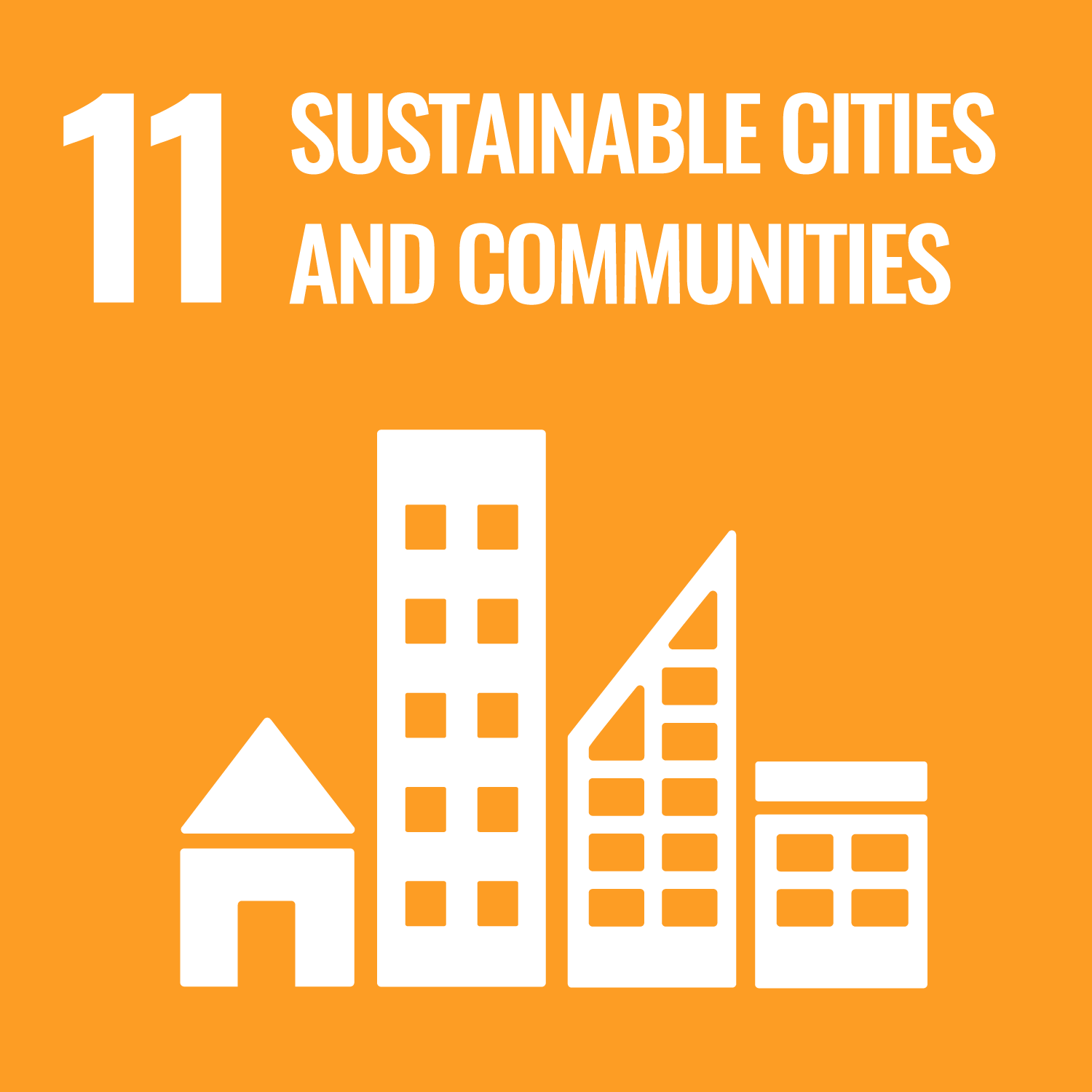Los Angeles County "Just-in-Reach" Project
This project is also known as Just in Reach
Aligned SDGs


- Los Angeles County "Just-in-Reach" Project
- General overview
- Location
- Involved organisations
- Outcome metrics
- Results
- Other resources
- Spreadsheet of data
- Los Angeles County "Just-in-Reach" Project
- General overview
- Location
- Involved organisations
- Outcome metrics
- Results
- Other resources
- Spreadsheet of data
General overview
Stage of development: Complete
Policy sector: Criminal justice
Date outcomes contract signed: Jun 2017
Start date of service provision: Oct 2017
Capital raised (minimum): USD 10m
Service users: 336 individuals
Intervention
The intervention is a health-based housing program (i.e. JIR) that aims to reduce jail recidivism and make significant progress in permanently ending chronic homelessness among people experiencing repeat jail stays. The program is structured in four steps. First, discharges from jail are coordinated with program staff waiting to pick up the participant upon release. Second, the participant receives placement in interim housing upon release, while the program team and the participant work to finalize permanent supportive housing placement. Third, a DHS-contracted permanent supportive housing provider assigns the participant to the most appropriate housing unit in its portfolio, from private landlord-owned units to large apartment complexes owned by nonprofit developers. Lastly, the provider administers a move-in assistance fund, which provides each participant with a security deposit paid directly to the landlord, basic furniture and household goods.
Target population
Individuals currently involved within the LA County criminal justice system, expecting to be discharged soon, who have been chronically homeless, scored highly on the VI-SPDAT, and who have at least one diagnosable condition from a list specified in contract.
Location
Country
- United States
Service delivery locations
- LA County, California, United States
Involved organisations
Outcome metrics
- Housing stability. Number of individuals who continue to hold a lease for a permanent supportive housing unit (or achieve "good exit") during 6/12 month period. ELP/HMIS/Brilliant Corners housing enrollment move-in and -out dates.
- Jail avoidance. Number of individuals who avoid jail during 2 years following housing placement. LASD data on qualifying returns, such as arrests, flash incarcerations etc.
Spreadsheet of data
Important Notice and Disclaimer on INDIGO Data
INDIGO data are shared for research and policy analysis purposes. INDIGO data can be used to support a range of insights, for example, to understand the social outcomes that projects aim to improve, the network of organisations across projects, trends, scales, timelines and summary information. The collaborative system by which we collect, process, and share data is designed to advance data-sharing norms, harmonise data definitions and improve data use. These data are NOT shared for auditing, investment, or legal purposes. Please independently verify any data that you might use in decision making. We provide no guarantees or assurances as to the quality of these data. Data may be inaccurate, incomplete, inconsistent, and/or not current for various reasons: INDIGO is a collaborative and iterative initiative that mostly relies on projects all over the world volunteering to share their data. We have a system for processing information and try to attribute data to named sources, but we do not audit, cross-check, or verify all information provided to us. It takes time and resources to share data, which may not have been included in a project’s budget. Many of the projects are ongoing and timely updates may not be available. Different people may have different interpretations of data items and definitions. Even when data are high quality, interpretation or generalisation to different contexts may not be possible and/or requires additional information and/or expertise. Help us improve our data quality: email us at indigo@bsg.ox.ac.uk if you have data on new projects, changes or performance updates on current projects, clarifications or corrections on our data, and/or confidentiality or sensitivity notices. Please also give input via the INDIGO Data Definitions Improvement Tool and INDIGO Feedback Questionnaire.